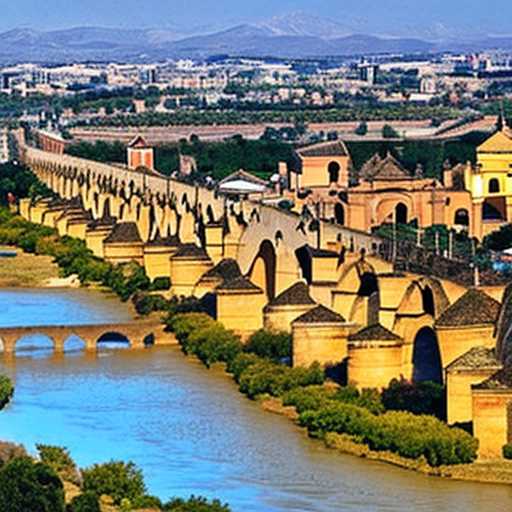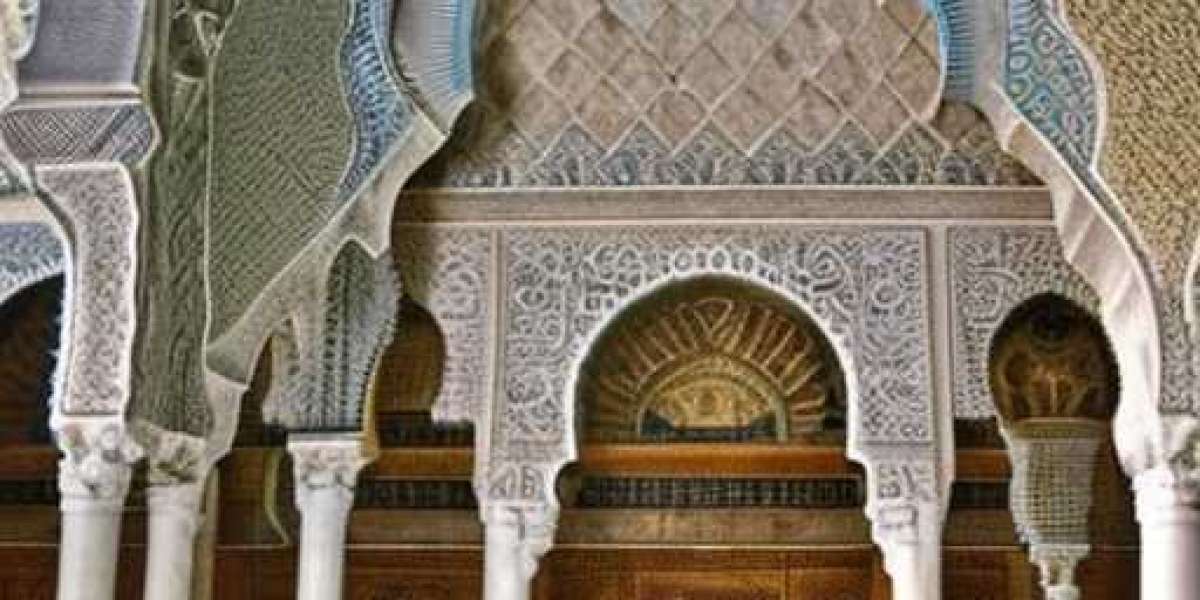The history of Andalusia is a long and complex one, spanning centuries and encompassing a wide range of cultures and influences. The region has been home to a number of civilizations over the years, including the Phoenicians, Carthaginians, Romans, Visigoths, and Arabs. Each of these groups left their own mark on the land, shaping its culture and history in unique ways.
The first mention of Andalusia in historical records comes from the days of the Roman Empire. The Roman historian Livy mentions the region in his account of the Second Punic War, when the Roman general Scipio Africanus invaded the land in order to take on the Carthaginian forces stationed there. The Roman conquest of Andalusia was a long and difficult process, taking over two hundred years to complete.
Once under Roman control, Andalusia became an important province of the empire. The city of Cordoba, in particular, flourished under Roman rule and became one of the most prosperous cities in the empire. The Roman period in Andalusia came to an end with the fall of the empire in the 5th century.
Following the Roman Empire's collapse, the Visigoths took control of Andalusia. The Visigoths were a Germanic people who had originally settled in Spain in the early 5th century. They ruled Andalusia for over two hundred years, until they were defeated by the Arabs in the 8th century.

The Arab conquest of Andalusia was a turning point in the region's history. The Arabs brought with them a new religion, Islam, which quickly spread throughout the land. Under Arab rule, Andalusia became a prosperous and cosmopolitan region. Cordoba, in particular, flourished as a center of learning and culture.
Andalusia is a region in the south of Spain and Portugal that was under Muslim rule for more than 700 years. From 711 CE, when Tariq ibn Ziyad crossed the Strait of Gibraltar and invaded the Iberian Peninsula, until 1492 CE, when the last Muslim ruler of Granada was defeated, Andalusia was part of Al-Andalus, a Muslim-ruled state. Although Muslims were in control of much of what is now Spain and Portugal during this period, they did not have complete control over all areas. In some regions, Christian rulers maintained their independence while in others they were forced to pay tribute to Muslim rulers.
The Arab period in Andalusia came to an end in the 13th century with the Christian reconquest of the region. The Christians, led by the Spanish king Ferdinand III, slowly began to drive the Arabs out of Andalusia. The final Arab stronghold, Granada, fell in 1492. With the fall of Granada, the history of Andalusia came to an end.
It is a tumultuous time in Toledo on this Christmas Day in 710 AD. King Wittiza has been overthrown, and the Visigoth kingdom of Spain is now under the rule of the impulsive and tyrannical Roderic. This marks a significant turning point in Spanish history, as it will soon be invaded by Tariq ibn Ziyad and his Muslim forces. This event will begin the story of Andalusia, a period of great cultural exchange and flourishing civilization that will last for centuries until its eventual fall in 1492. The stories of Andalusia from the days of Tariq to its fall are filled with tales of great beauty, creativity, and religious diversity that still have an impact on modern-day Spain.
The invasion of Andalusia by Tariq ibn Ziyad and his Muslim forces was a turning point in Spanish history. It marked the beginning of a period of Muslim rule in the Iberian Peninsula, which would last for centuries. The conquest of Andalusia was an important event in the history of Spain, as it brought about a new culture and religion to the area. For centuries, Muslims and Christians lived side by side in harmony, and this period was known as the Golden Age of Al-Andalus. Despite its eventual fall, this period has left an indelible mark on Spanish culture and history, making it one of the most important turning points in Spanish history.
Muslims were in Andalusia for 700 years, and during this time they made many great contributions to humanity. They brought with them a wealth of knowledge and culture from the Middle East, which shaped the region into a vibrant hub of learning and creativity. They developed an advanced system of agriculture, introduced new technologies such as irrigation systems, and built impressive monuments such as the Great Mosque of Cordoba. They also left behind a rich literary tradition, with works such as The Book of One Hundred Poems by Ibn Quzman being particularly celebrated. All in all, it is clear that Muslim influence was hugely beneficial to Andalusia during its long period of occupation.
Europe in the days of Tariq was a place of great religious and social confusion. The fall of the Roman Empire had left a power vacuum that was filled by numerous warring factions, each with their own religious and social beliefs.

In 700 AD, England was a vastly different place than it is today. At the time, England was divided into seven Anglo-Saxon kingdoms and was in the midst of a period of political instability. The Anglo-Saxon kingdoms were constantly at war with each other, and Christianity had only recently been introduced to the region. The economy was largely agricultural and there were few towns or cities. Life for most people was hard and there were few opportunities for advancement or education.
In 700 AD, Germany was part of the Frankish Empire, which was a large kingdom that stretched across much of Western Europe. The Franks were a Germanic tribe who had settled in the area during the 5th century and had established a powerful monarchy by 700 AD. During this time, the Frankish Empire was divided into several smaller kingdoms, with each kingdom being ruled by its own king. Although Germany was part of the Frankish Empire at this time, it would not become a unified nation until much later in history.
In 700 AD, France was not yet a unified country. At the time, the area we now know as France was divided into several smaller kingdoms and regions, each with their own distinct culture and language.
In 700 AD, the Roman Empire was in a state of decline. After the fall of the Western Roman Empire in 476 AD, the Eastern Roman Empire continued to exist until it fell in 1453. During this period, it had been weakened by a series of wars and invasions. In 700 AD, it was still a major power but its influence had diminished significantly from its heyday. In Andalusia, the Roman presence was limited to some coastal areas and cities such as Toledo and Cordoba. The rest of the region was dominated by Visigoths and Arabs who had conquered much of the Iberian Peninsula by this time.
In 700 AD, Scandinavia was a region of Europe that was inhabited by various Germanic tribes. These tribes were largely independent and had their own customs and laws. During this time, the Viking Age was beginning to take shape, with the Norsemen raiding and trading across Europe. In addition, Christianity had begun to spread throughout Scandinavia, although paganism still held strong in some areas. By the end of the 8th century, many of these Scandinavian tribes had begun to form larger kingdoms that would eventually become the modern nations of Norway, Sweden, and Denmark.






